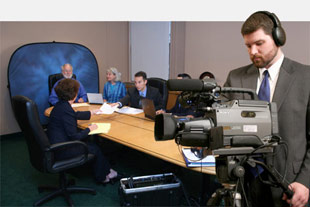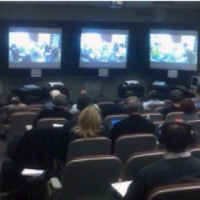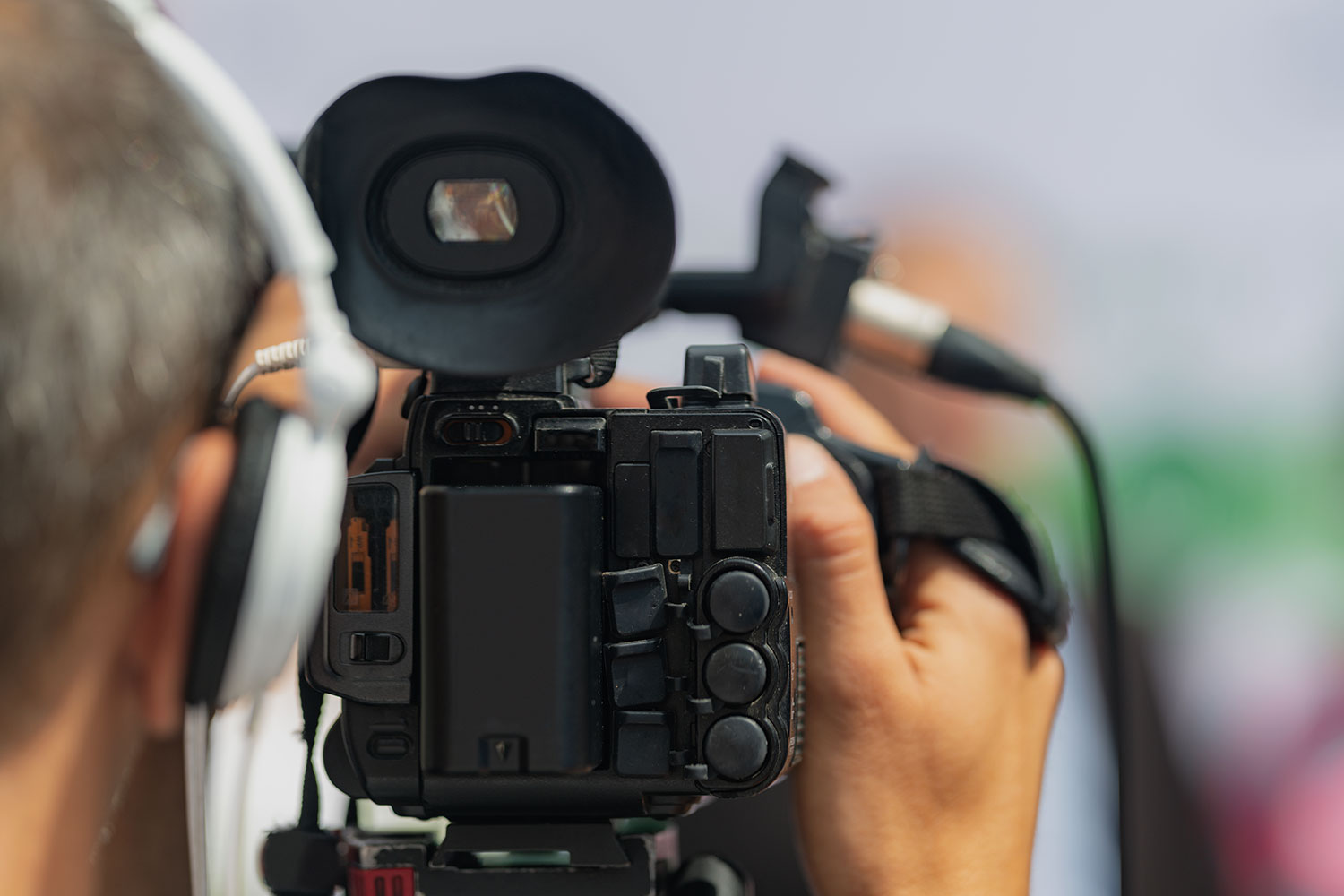Why Lawful Videography Is Crucial for Accurate Court Recordings
The role of lawful videography in court settings can not be overstated, as it acts as a vital tool for maintaining the honesty of court documents. By recording both spoken and non-verbal interaction, it improves the clearness of witness testaments and reflects the subtleties of court room communications. This comprehensive documents not only help in reducing prospective misunderstandings yet likewise sustains appellate reviews, therefore enhancing the judicial process. Nonetheless, the implications of integrating lawful videography into conventional court practices raise important questions regarding its more comprehensive effect on the legal system. What might these implications involve?
Significance of Visual Proof
In the world of legal process, the value of visual proof can not be overstated. Visual proof acts as a powerful device in developing truths, corroborating testaments, and improving the general clearness of a case. This kind of proof, which consists of photographs, video clips, and representations, can give a substantial context that spoken summaries typically do not have, consequently offering juries and judges a clearer understanding of the scenarios surrounding a situation.
Additionally, visual proof aids in the retention of info. Human cognition is naturally aesthetic, and people are more probable to bear in mind and comprehend details offered in an aesthetic format. In the courtroom, this can be crucial, as engaging aesthetic proof can sway point of views and enhance the story offered by lawful representatives.
Furthermore, the usage of aesthetic proof can reduce misconceptions and ambiguities that usually develop from spoken exchanges. By providing a direct representation of occasions, visual proof helps to remove subjective analyses and promotes a much more objective examination of the truths. As a result, the assimilation of visual evidence right into legal process not only strengthens the stability of the judicial process however also enhances the possibility of achieving a simply result.
Catching Non-Verbal Signs
Utilizing sophisticated videography techniques can significantly improve the capture of non-verbal cues during lawful proceedings. Non-verbal communication, consisting of faces, body language, and eye get in touch with, plays a critical duty in communicating emotions and purposes that may not be clearly specified in verbal testimony. legal videography. Legal videography employs high-definition cams and calculated angles to ensure that these refined signs are taped with clearness and precision
The capacity to analyze non-verbal actions can give useful context to statements made throughout court sessions. As an example, a witness's unwillingness or self-confidence can be interpreted with their pose or gestures, possibly affecting the court's understanding of trustworthiness. In addition, making use of close-up shots can help concentrate on an audio speaker's expressions, permitting a much more nuanced understanding of the statement.
In addition, integrating several electronic camera angles can develop an extensive view of communications, highlighting characteristics in between events entailed. This multifaceted approach not only enhances the accuracy of the court record but additionally help in maintaining the honesty of the judicial procedure - legal videography. Inevitably, recording non-verbal Continue cues through legal videography fosters a richer, much more total representation of court procedures

Enhancing Statement Reliability
The reliability of testament can be considerably bolstered with making use of high-grade legal videography. Video clip recordings act as an unbiased medium that records not only the talked words of witnesses yet also the subtleties of their delivery, including tone, pacing, and psychological expressiveness. This multifaceted documents provides a clearer understanding of the witness's credibility and intents, which can be pivotal in legal procedures.
Furthermore, legal videography minimizes the capacity for false impressions that might emerge from written records alone. When jurors can observe a witness's demeanor and body movement in combination with their testimony, they are better furnished to analyze the credibility and reliability of the evidence presented. This visual context can reinforce the testimonial narrative, making it much more compelling and credible.
Additionally, the visibility of a video clip recording can hinder possible inconsistencies in statement. Witnesses may be much more cautious in their statements when they know they are being tape-recorded, causing even more precise and sincere accounts. On the go to the website whole, high-quality lawful videography boosts the honesty of statement, making sure that the court has access to a complete and truthful representation of the facts as conveyed by the witnesses.
Sustaining Appeals and Reviews
Lawful videography plays a critical duty in supporting appeals and reviews by giving an extensive visual document of court procedures. This visual documents catches not only the talked words of witnesses and lawyers however also the subtleties of body movement, intonation, and courtroom dynamics. Such components can be crucial in recognizing the context of statements and arguments provided.
In the appellate process, where the emphasis gets on errors of regulation and step-by-step fairness, a video clip document can function as an important tool for appellate courts. It allows judges to examine the initial trial context, ensuring that choices are based on a total understanding of the process. The capability to aesthetically assess the demeanor of witnesses or the communications in between parties can disclose insights that composed records may ignore.

In addition, legal videography can help in clearing up home obscurities in testimonies or procedural judgments, therefore strengthening the basis for a charm. By using a reputable, unbiased account of what taken place in court, lawful videography not just supports the integrity of the legal process however likewise encourages all events involved to make educated decisions concerning their instances.
Improving Court Processes
Enhancing courtroom efficiency, legal videography improves processes by offering immediate access to visual documents of procedures. This innovation enables judges, attorneys, and juries to take another look at critical testament and proof, making sure that all celebrations have a clear understanding of the case. By capturing the nuances of verbal and non-verbal communication, videography improves the document, making it simpler to grasp the context and weight of testaments.

In addition, video recordings can assist in remote participation in hearings, permitting for better flexibility in scheduling and participation, which is especially useful in complicated situations including several stakeholders.
Final Thought
Finally, legal videography plays a crucial function in making sure precise court recordings by giving essential aesthetic evidence that records both spoken and non-verbal interaction. This method enhances the integrity of testaments, sustains appellate evaluations, and enhances court processes. By cultivating a thorough understanding of court dynamics, lawful videography inevitably contributes to much more fair judicial results, strengthening the integrity of the lawful system and promoting notified decision-making.